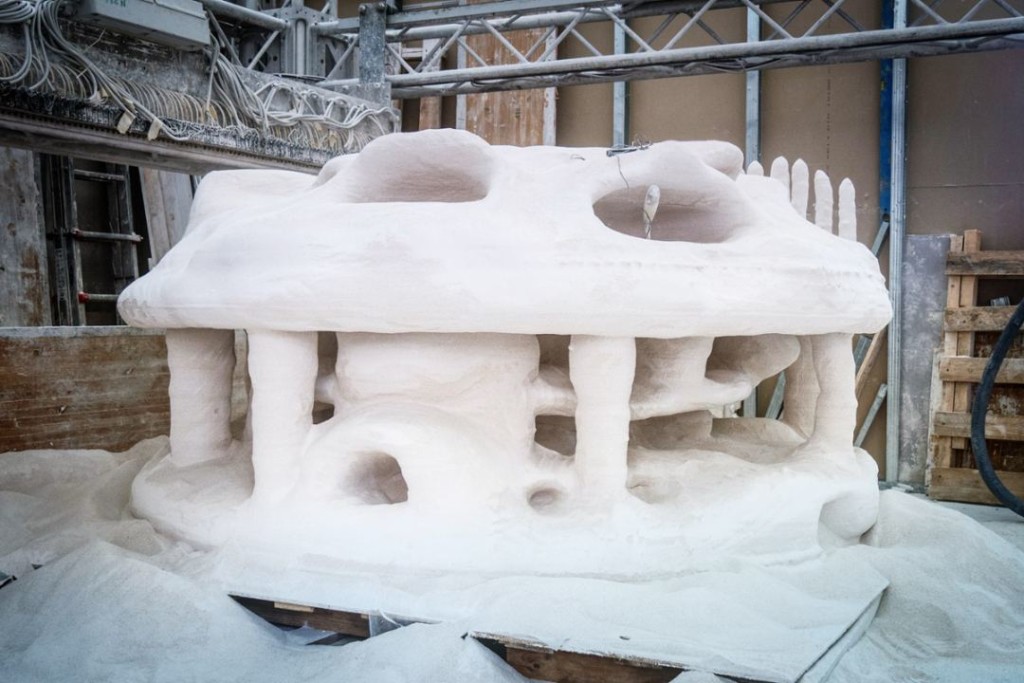In one of the most disheartening news items of late 2015, the National Oceanic and Atmospheric Administration (NOAA) announced that we are in the middle of the third-ever global coral-bleaching event. Warming waters, caused by global warming and this year’s unusually strong El Niño, are causing corals across the world, from Hawaii to the Caribbean and the Indian Ocean, to weaken and die. But 3D-printed reefs may offer some relief.
These events are expected to become more common in the future as the effects of global warming come to bear, and we may be at a point where some of the world’s corals are beyond help. In the areas that have already been already hit, coral bleaching has been detrimental to local marine wildlife that depend on coral for survival.
Artificial Reefs
Artificial reefs have long functioned to create some relief for marine wildlife. While these structures cannot save the coral reefs themselves, or help them grow back (with some promising exceptions, such as Biorock), they can provide habitats for marine wildlife effectively left homeless when coral dies.
Artificial reefs have typically fallen into two categories: manmade constructions, such as ships, airplanes, or other submerged items that act as reefs, or purpose-built structures intended to mimic the structure of a natural reef as closely as possible. So far, the most common approach for the latter is to pour concrete into molds and, once it hardens, to submerge the artificial reef in the designated location.

However a new project, created by Dutch maritime company Boskalis in collaboration with the Prince Albert II of Monaco Foundation, seeks to make this process easier, cheaper, and, above all, more customizable. One of the problems with the concrete structures is that it is difficult to mimic features such as canyons, caves, and similar places that serve as habitat for many marine animals. Now, Boskalis has created six 3D-printed reefs, which are submerged in Monaco’s Larvotto Marine Reserve, an area of very high biodiversity. Researchers will observe the reefs to see how local wildlife takes to the new structures; if successful, it would be possible to print new reef structures at or near the locations where they are needed, and submerge them in areas where reefs have seen destruction due to coral bleaching, weather conditions such as hurricanes or tsunamis or extensive unsustainable fishing.
Rather than concrete, the 3D-printed reefs are made with natural sand, allowing them to mimic very closely the features of natural reefs.
Of course, a solution such as this should be a last resort only. Our first priority should be to protect the natural reefs and corals, through efforts to reduce global warming and measures to protect against unsustainable fishing and other damaging practices. But where the damage is already done, 3D-printed reefs offers some hope for restoration of local wildlife habitats.

